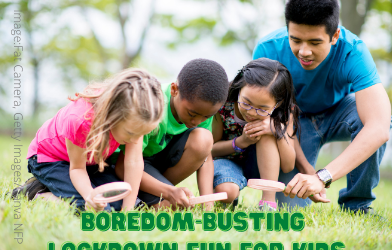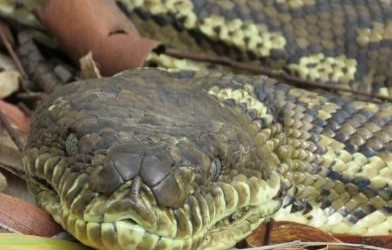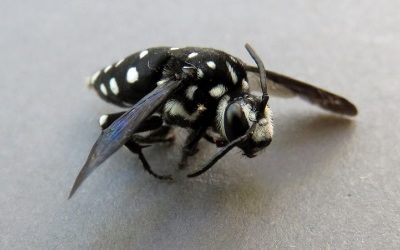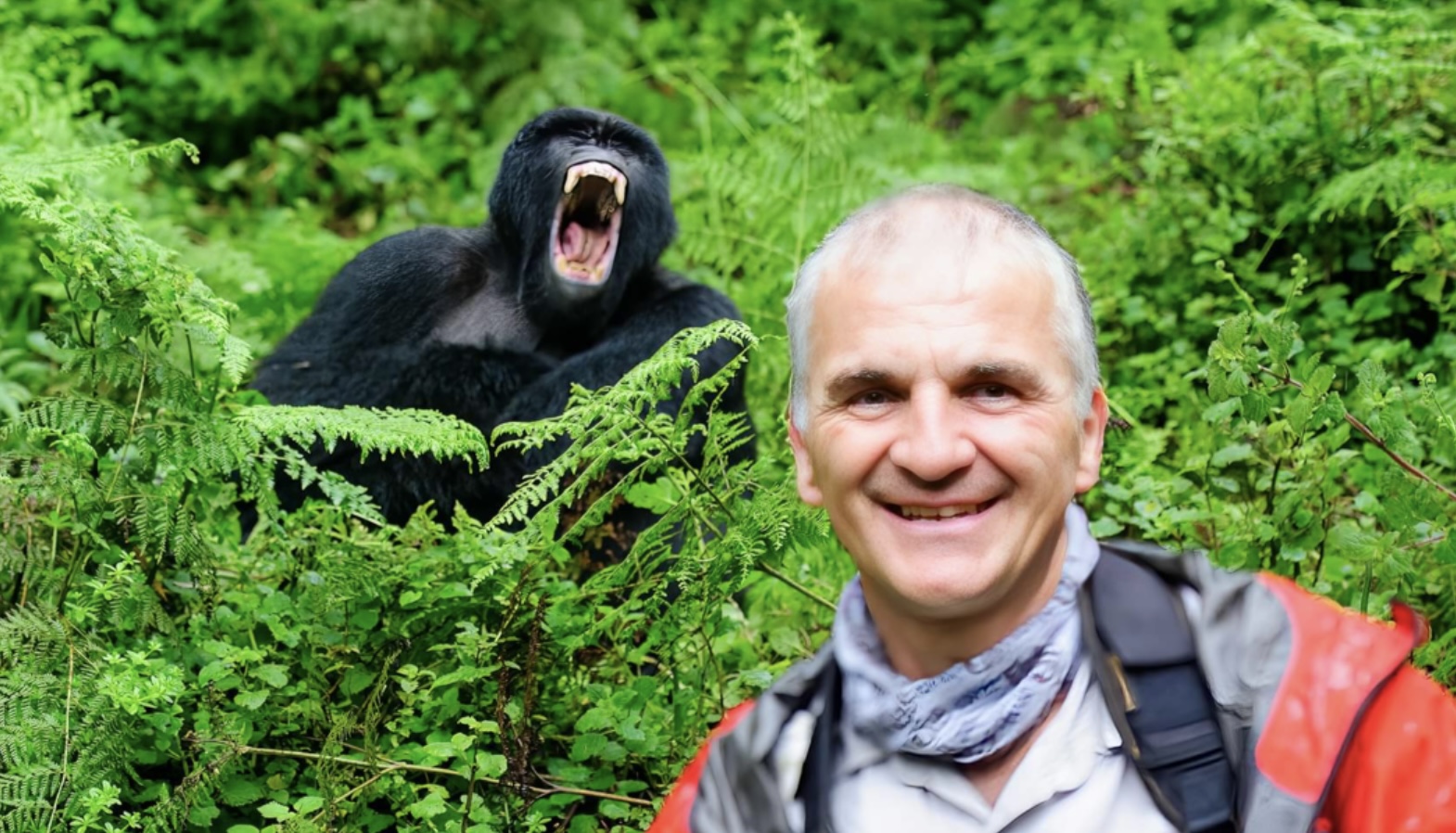
An incredible capture of Michael with a gorilla in the wild. © Michael Snedic
14 June 2024 | By Amanda Little
Nature photography isn’t just about pretty pictures (though we do love a good sunset!). It’s about capturing the wild, preserving fleeting moments of beauty, and telling the incredible stories of our planet’s diverse wildlife and landscapes. It’s an adventure with a camera in hand — but it’s also much more.
Nature photography plays a crucial role in conservation by raising public awareness, providing valuable data for research, influencing policy decisions, aiding in fundraising efforts, and fostering a deeper emotional connection to the natural world. All of these aspects contribute to the protection and preservation of wildlife and their habitats.
Wildlife Queensland recently caught up with renowned Australian wildlife and nature photographer and tutor, Michael Snedic, to chat about his inspiring experiences in the field, his thoughts on the future of nature photography, and tips for budding photographers.
Get ready to be inspired and learn from one of the best in the business!
WPSQ: Thank you for joining us, Michael. Your journey in wildlife and nature photography has had a profound impact on many. Can you share what drew you to this field and set you on this path?
Michael: I’ve always been passionate about wildlife and nature, especially bushwalking and birdwatching, ever since I was a young boy. Twenty-eight years ago, I started working as an eco-tour guide at O’Reilly’s Rainforest Retreat in Lamington National Park, where I met and worked with renowned photographer Glen Threlfo. His incredible knowledge of Queensland’s birdlife and stunning photography inspired me to start capturing nature, and he became my mentor. I’ve never looked back.
WPSQ: Can you share some particularly memorable photo shoots you’ve had in the wild?
Michael: There are so many, both internationally and in Australia. The most memorable was photographing gorillas in Rwanda. As a kid, I was fascinated by Dian Fossey and her work with gorillas, and it had always been a dream of mine to capture them in the wild. I’ve now been there three times with my group tours. When you’re in the wild with a family of gorillas, a silverback looking at you, and females and babies playing, there is honestly nothing better on the planet.
Another memorable experience was in Port Douglas, Tropical North Queensland. Over a three-year period, I cruised the waterways in a small boat dozens of times, looking to photograph an osprey with a fish. I concentrated on a particular osprey and eventually managed to capture a shot of one that had just dived into the water for fish. It then flew straight towards me and I got the shot. It’s one of my favourites!
I love Tasmania! In fact, I just came back from one of my group tours there last week. The wildlife and nature are breathtakingly beautiful. A special place for me is the Tarkine region in the northwest. Originally an historic mining town, it’s now an extraordinary eco-tourism destination with cottages by the river and amazing wilderness experiences, including waterfalls, stunning rainforests and wildlife.
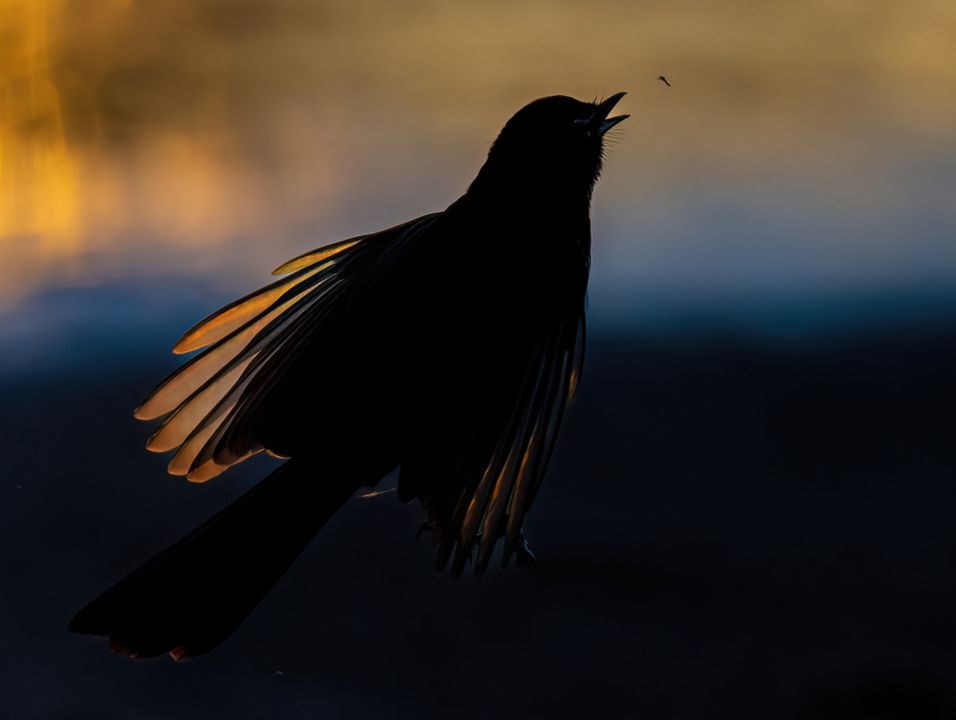
Willie wagtail. © Michael Snedic
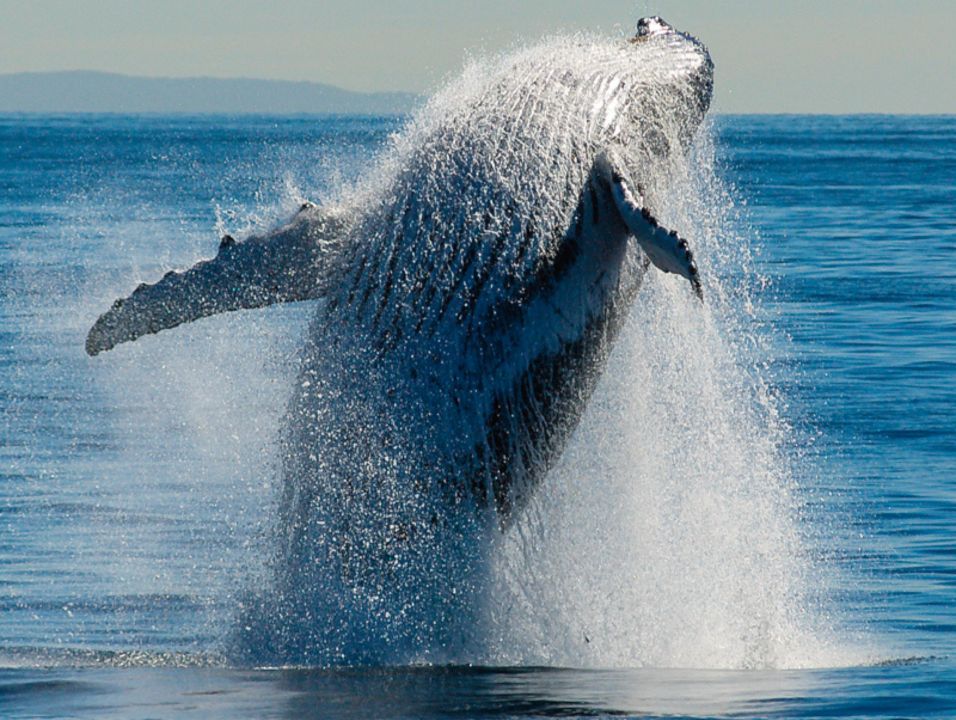
Breaching humpback whale. © Michael Snedic
WPSQ: What ethical considerations do you think are crucial for wildlife photographers to keep in mind?
Michael: I’m particularly passionate about ethics in bird photography. In my wildlife tours, I always educate photographers that disturbing and agitating birds is never okay. Don’t get too close to nests. Be ethical in what you’re doing and never harm the wildlife. In bird photography competitions I run, there are occasionally shots entered that demonstrate agitated birds. These types of images don’t progress through to the next round.
WPSQ: Are you finding this issue more prevalent with the rise of social media?
Michael: Yes. Sadly, some people will try to get a ‘click-worthy’ or unique bird shot at all costs — from playing recorded bird calls repeatedly to attract birds to moving twigs from the front of nests. Also, when a rare bird sighting is posted on social media, dozens of photographers often turn up to the location, which can be overwhelming for the birds. Everyone is entitled to get shots, but it’s a huge issue.
WPSQ: How do you see the field of wildlife photography evolving in the next decade? And what about the role of AI?
Michael: Wildlife photography is experiencing exponential growth, with better, smaller, and lighter cameras and advancements in eye tracking now even for specific bird species.
AI is a challenge. We talk about AI in my group tours a lot. I’ve seen wildlife captures with crazy colour alterations that are clearly fake, but many people can’t tell. Even Google struggles to identify fake from real. One way we manage this in photography competitions is by requiring the original RAW file.
Will AI replace the role of nature photographers? No. Being out there, immersed in nature and experiencing the thrill of capturing wildlife, that’s what it’s all about.
WPSQ: What advice would you give to aspiring nature photographers?
Michael: Well, a good start would be to attend one of my photography workshops (laughs).
My key tips and advice for budding nature photographers are:
- Get to know your camera and its settings.
- Focus on honing one skill at a time to avoid being overwhelmed by new technology.
- Don’t get disheartened when something doesn’t work — that’s how you learn.
- Be prepared to get up early and make the effort. Nature doesn’t sleep in.
- Research your location and scout the area beforehand.
- Embrace patience.
- Spend time at local wetlands and botanic gardens observing wildlife.
- Enter photo competitions, both local and international.
- Look at the work of photographers who inspire you.
- Keep chipping away and never give up.
Photography workshops and tours with Michael Snedic
Michael runs a range of Australian and international photography workshops and tours. Head to the WildNature Photo Expeditions website for more information and to book.
About Michael Snedic
Michael Snedic, based in Brisbane, Queensland, Australia, is an award-winning wildlife and nature photographer, tutor, writer, and presenter. His photos have been published in numerous publications both in Australia and internationally since 2000. He has been photographing across Australia (and overseas) for the past 27 years and has loved every minute of it!
Michael is a Nikon School tutor in Queensland and a photography competition judge for Australian and international wildlife photography competitions. He presents wildlife and nature photography tours across Australia and the world, as well as short workshops in Brisbane. Visit Michael’s photography tour website at WildNature Photo Expeditions.
More Wildlife Blogs
Boredom-busting Wildlife-themed Activities for Kids
Parents juggling work and homeschooling are probably already experiencing lockdown loopiness (who isn’t?), so we’ve put together some fun backyard activities, simple colouring-in activities, and wildlife-themed craft ideas to help kids ‘keep the wild alive’ during lockdown.
Living with snakes
Snakes are undoubtedly the most fascinating of our vertebrate animals. Whilst only a very small percentage of people look at snakes with affection, everyone has a story, myth or opinion on them. People are amazed by snakes, whether because of their connections to the biblical serpents, their unique lifestyle or that some species can kill with deadly poisons.
Bringing Pollinators Back to our Cities
Pollinator Link® members Jake Slinger and Michael Fox discuss how a new citizen science project will help urban residents create wildlife-friendly gardens to benefit pollinators.

